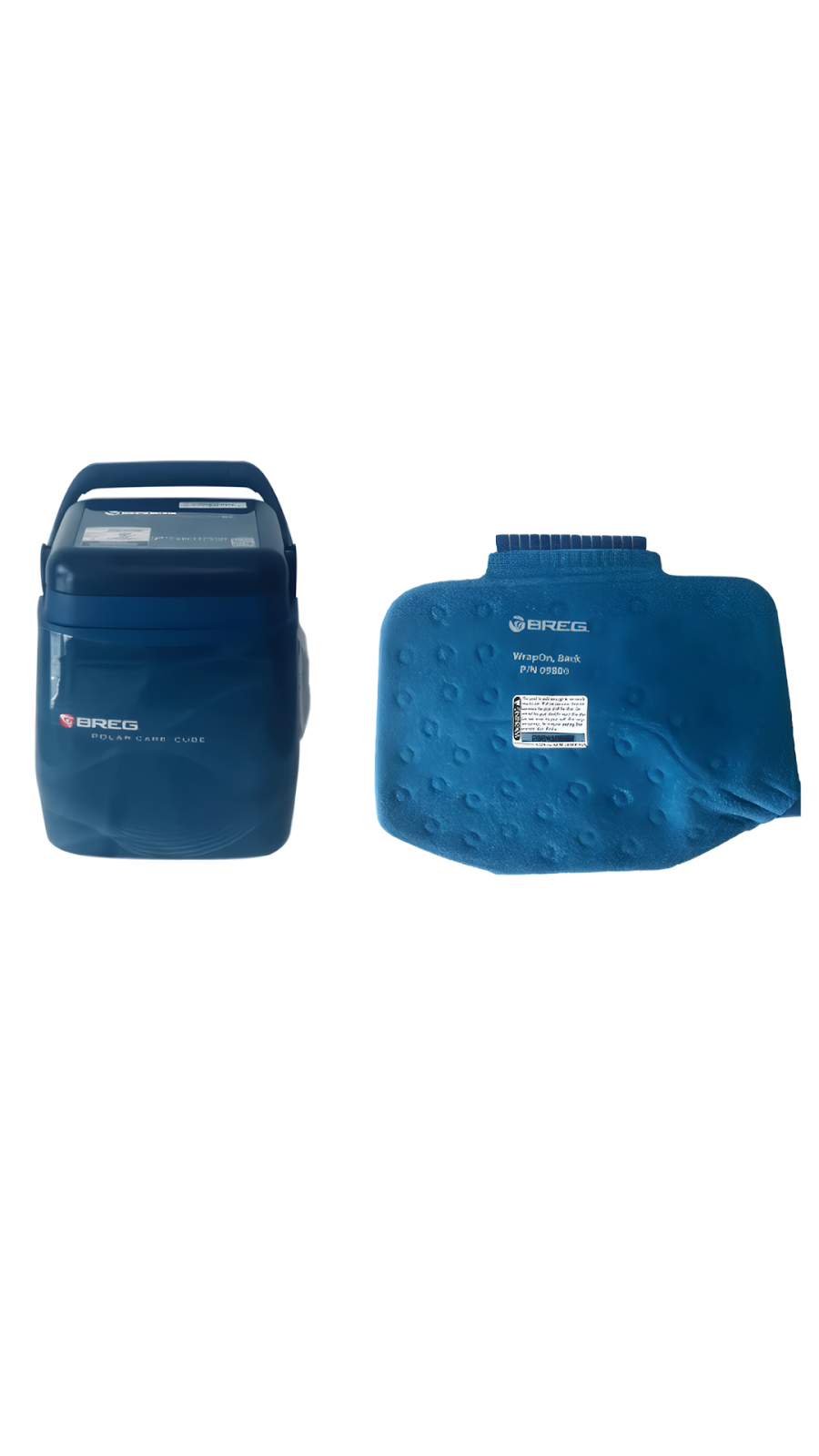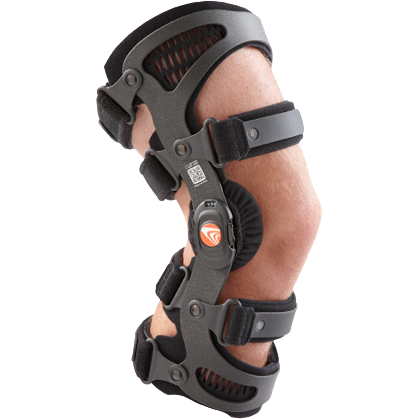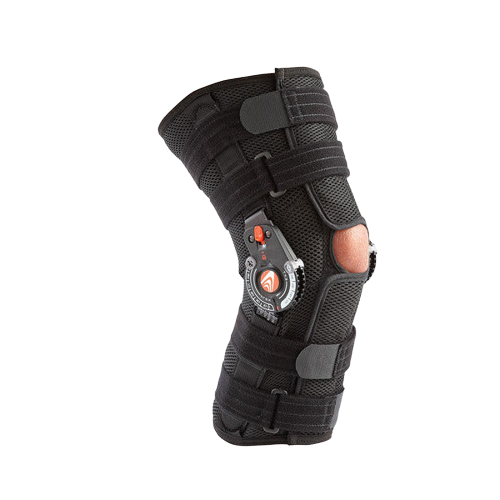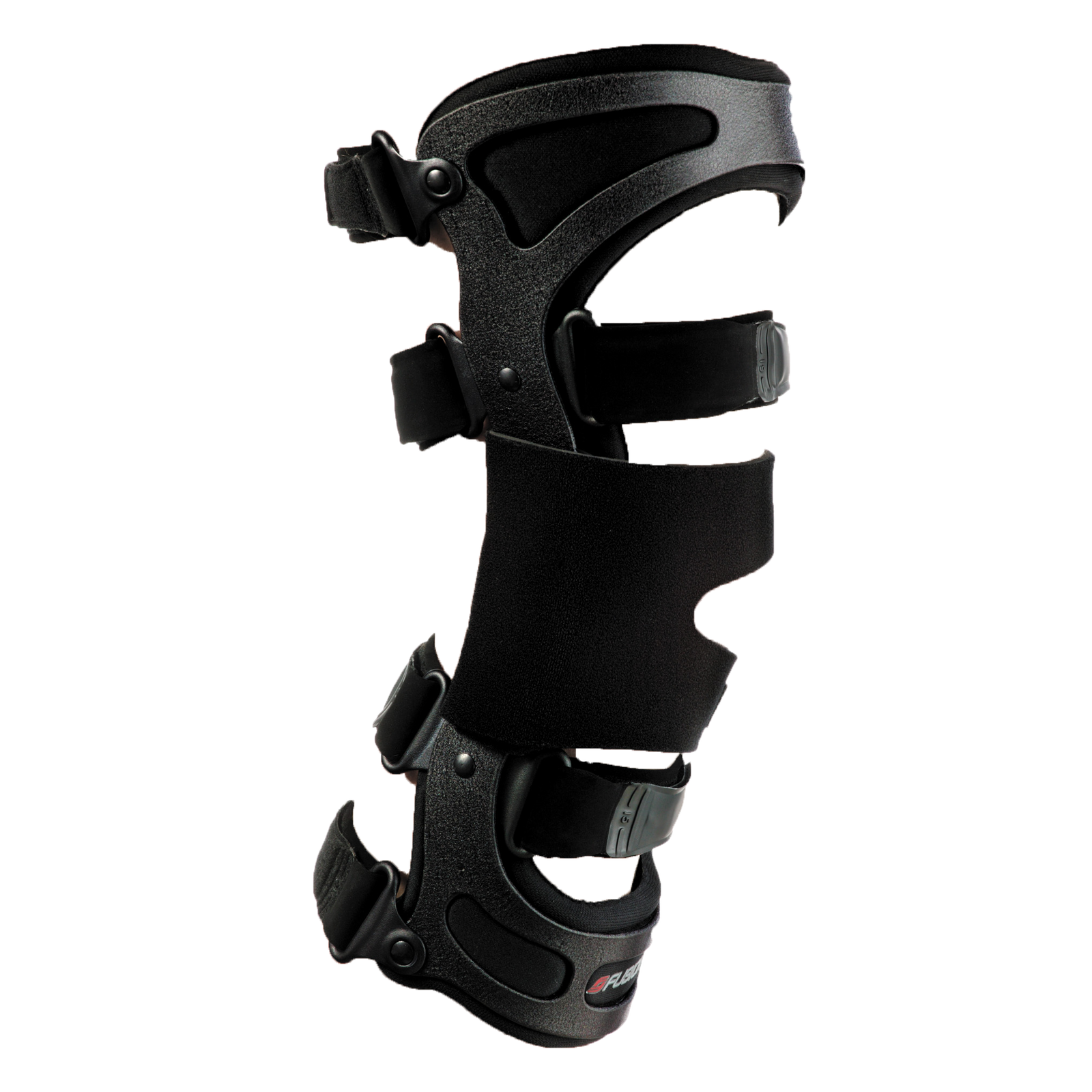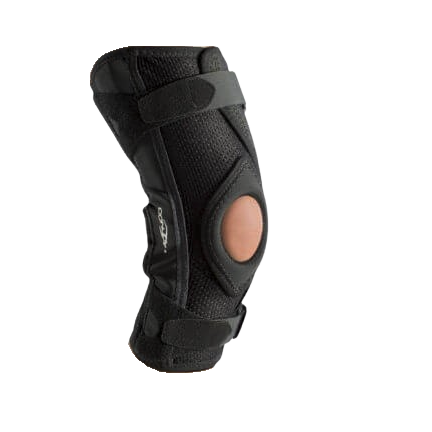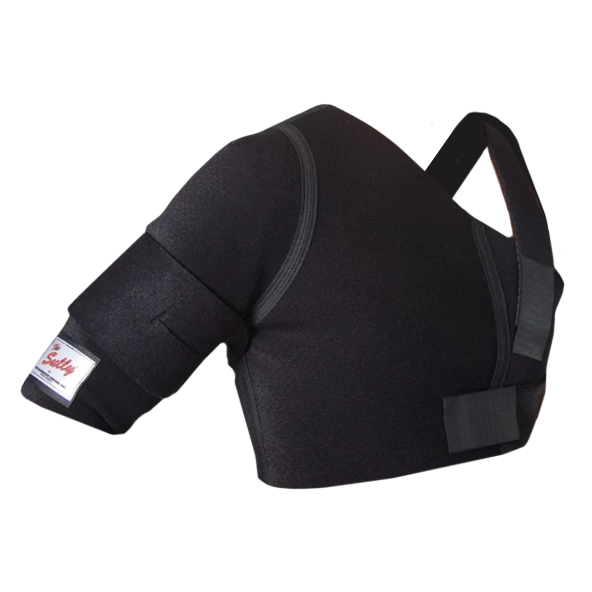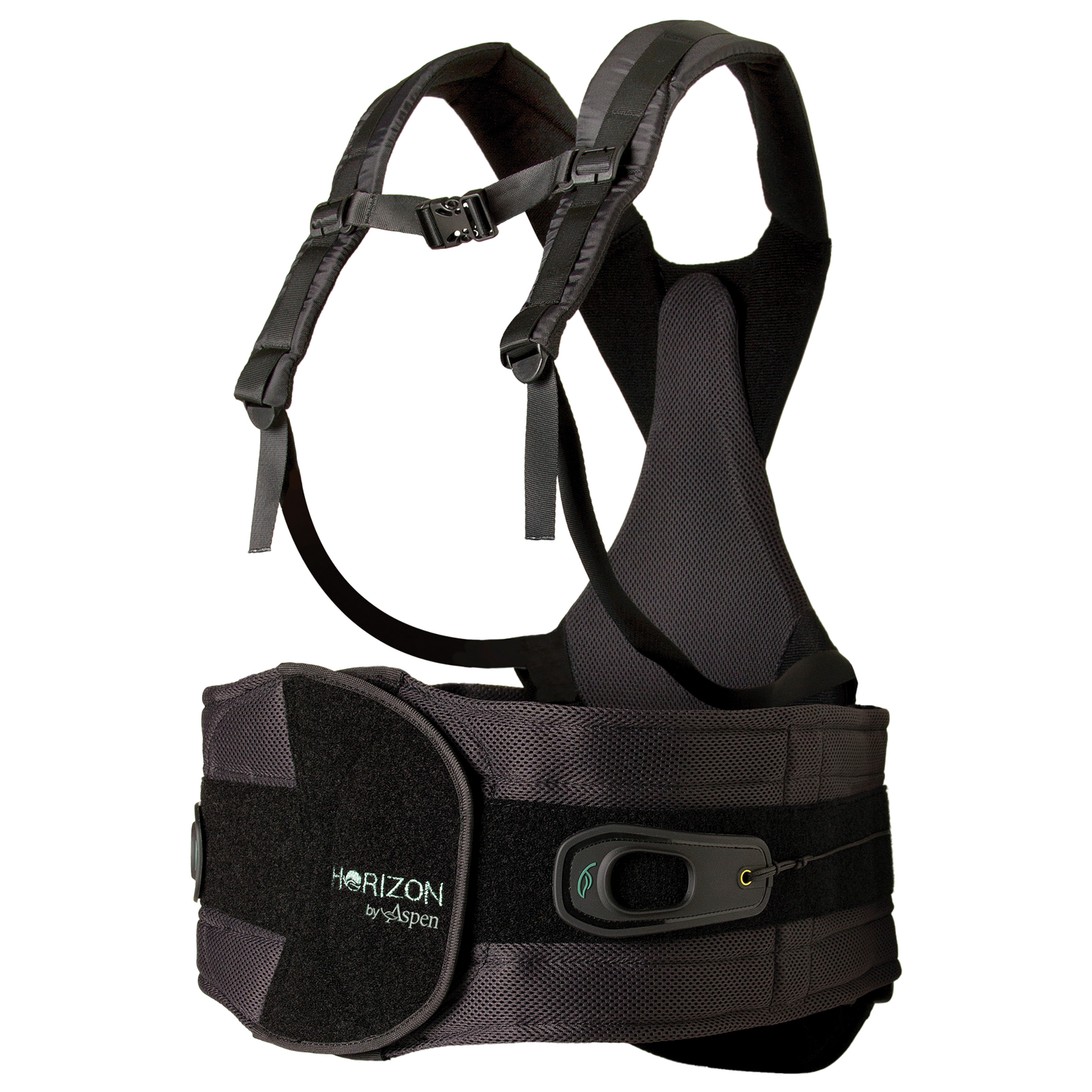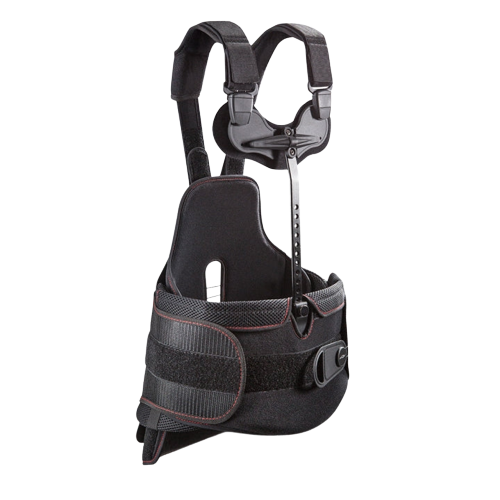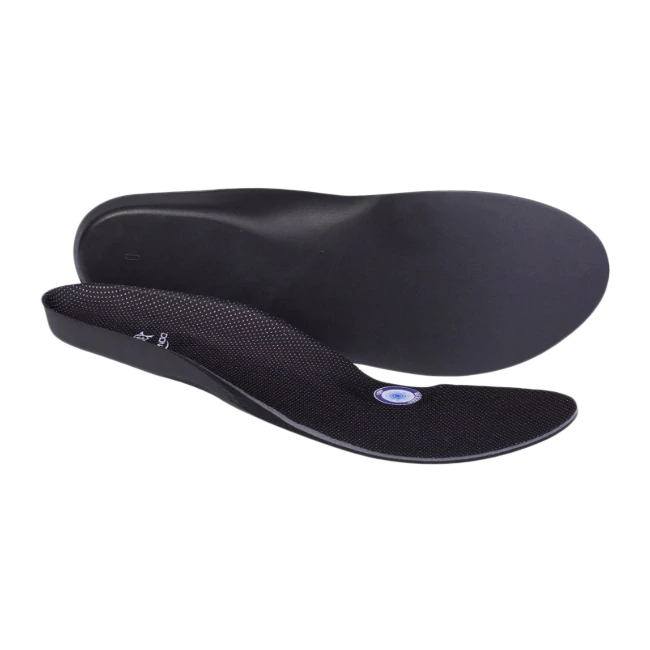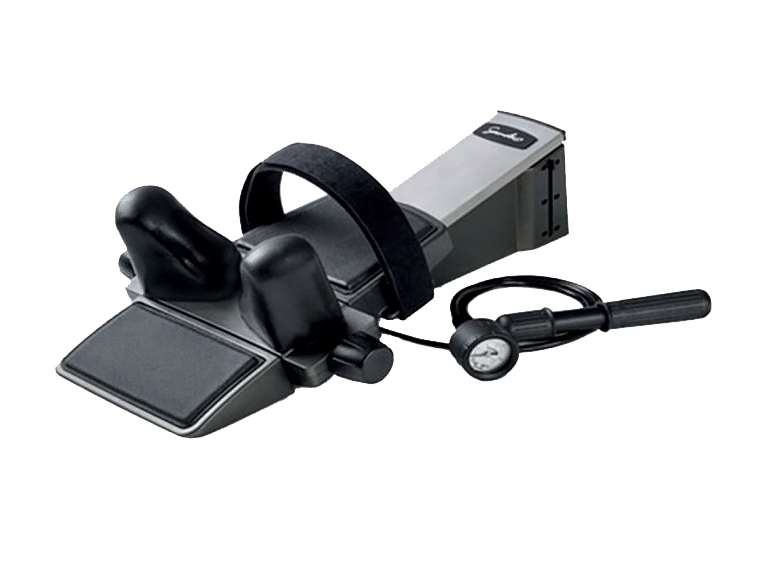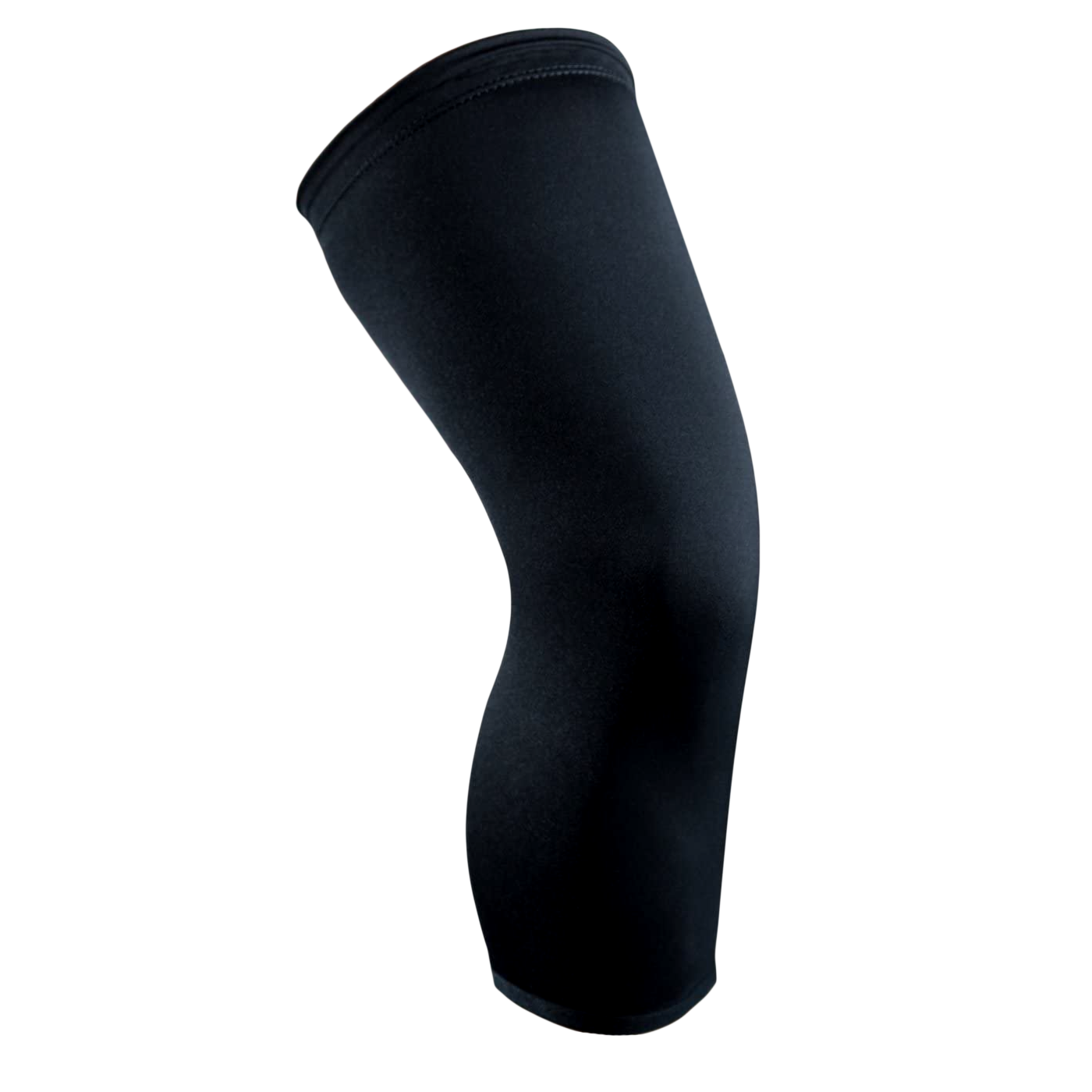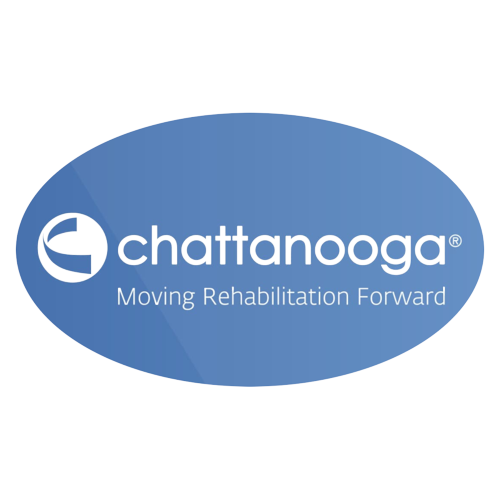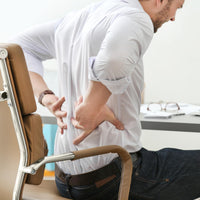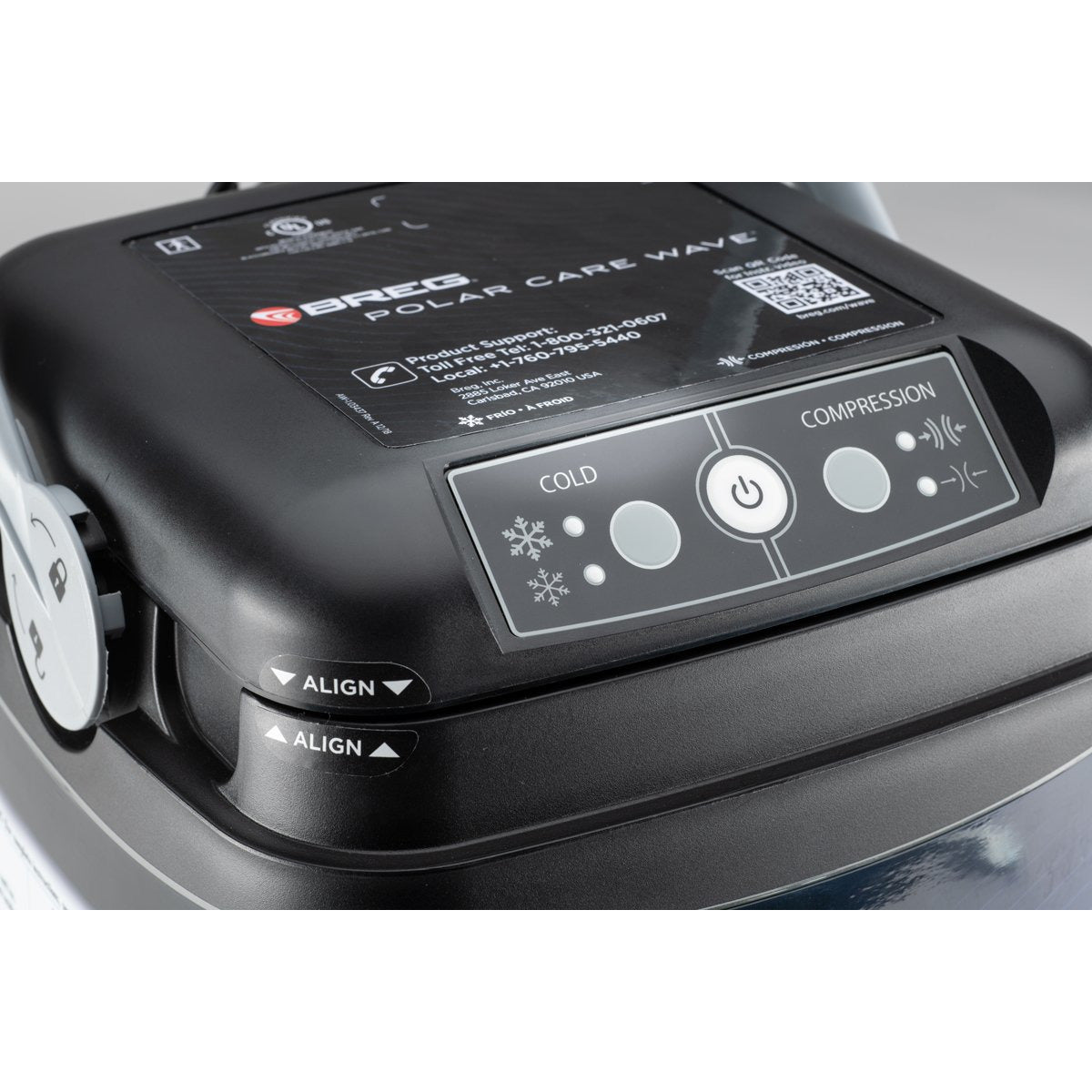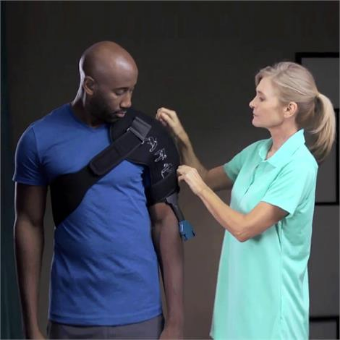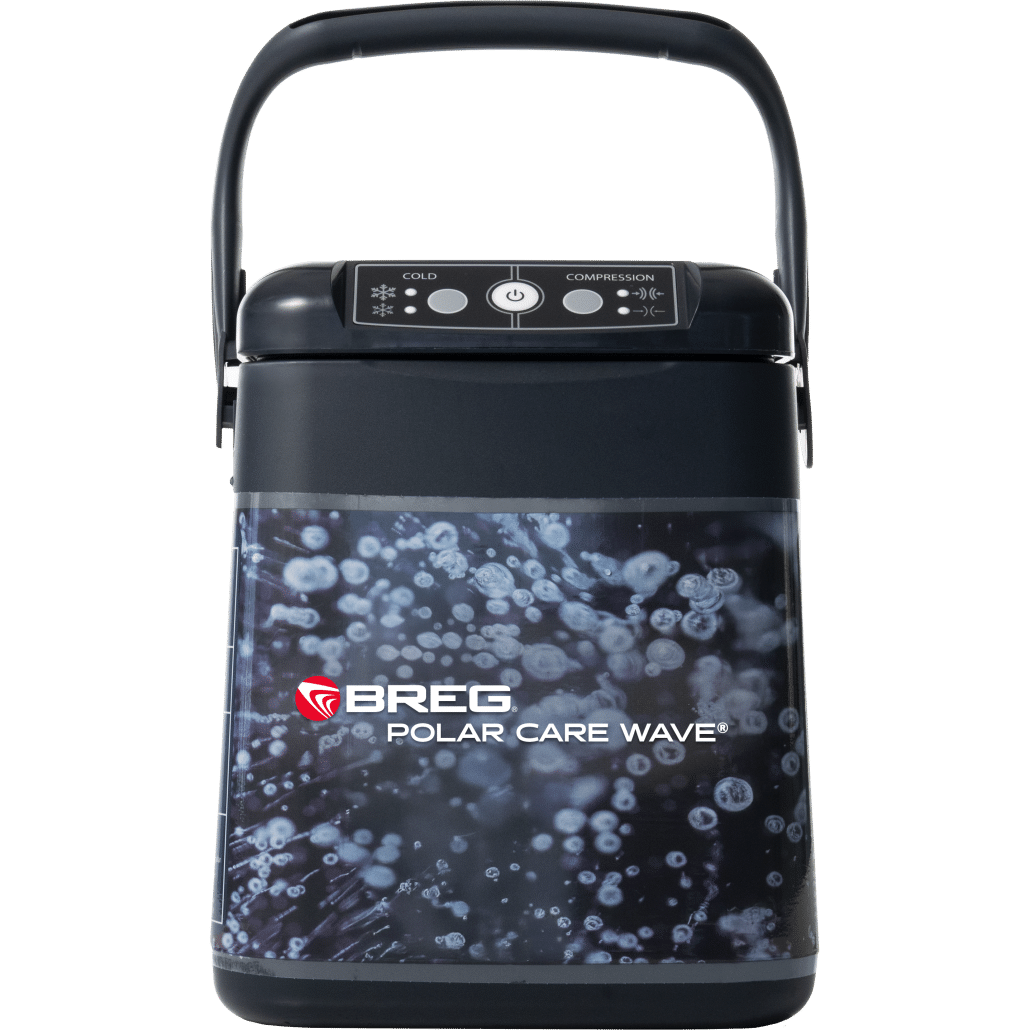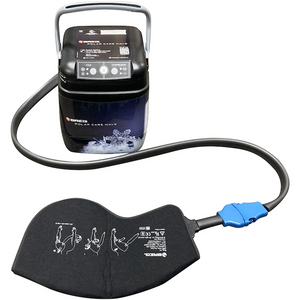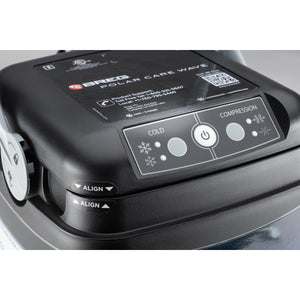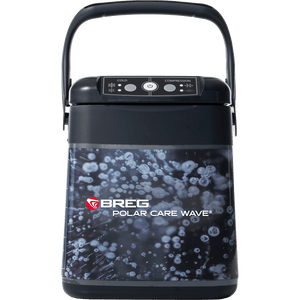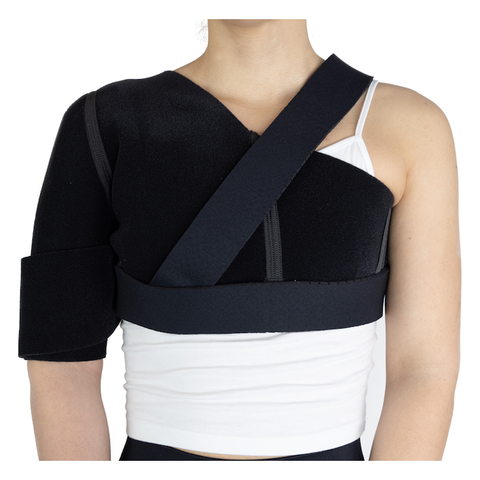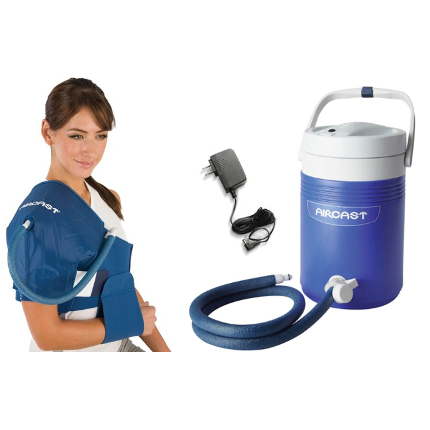While you may think of the shoulder as one muscle, shoulder anatomy actually consists of several joints and a group of muscles and tendons called the rotator cuff. These combine to give the shoulder its range of circular motion. The shoulder is the most movable joint in the body.
However, all that mobility can come with a cost. Shoulder pain is quite a common ailment, with about two million Americans visiting a doctor each year for rotator-cuff related issues.
Whether you have left shoulder pain, right shoulder pain, or even back shoulder pain, shoulder discomfort can make a number of daily tasks extremely difficult. These include reaching for an item on a high shelf, scratching your back, combing your hair, and even driving.
Various injuries and health conditions can cause shoulder pain. Figuring out what’s wrong with your shoulder will help guide appropriate treatment so you can feel better. Here, we unpack the common causes of shoulder pain and the best ways to treat it.
Common Causes of Shoulder Pain

There could be a number of underlying reasons for discomfort in your shoulder. Common shoulder pain causes include:
Bursitis
Overuse of the shoulder can lead to swelling and inflammation of the bursae. Those are tiny, fluid-filled sacs located in joints all over the body, including the shoulders. Bursae act as cushions between the bone and soft tissues and reduce friction between muscles and the bone. Bursitis can make a number of daily activities painful, such as brushing your hair or getting dressed.
Tendonitis
Inflammation of a tendon, a condition called tendonitis or tendinitis, can lead to severe shoulder pain. Tendonitis generally falls into two categories: acute and chronic. Acute tendonitis in the shoulder can occur with excessive overhead activities, such as throwing a baseball, playing tennis, doing yoga, or painting a room. Chronic tendonitis tends to come on as a result of degenerative diseases like arthritis or wear and tear due to age.
Tendon tears
Partial or full tears of a rotator cuff tendon can lead to significant pain. Shoulder tendons (and shoulder ligaments) can tear from a single event, such as a fall on your arm. They can also emerge gradually over time due to repeated motion, such as a pitcher throwing a baseball or a plumber who needs to constantly raise his arms for work.
Shoulder Impingement
A rotator cuff injury, such as a tear or tendonitis, can lead to a condition called shoulder impingement. This occurs when the shoulder muscles and tendons rub together when there is swelling, causing considerable discomfort. Impingement can even result from an imbalance in the strength of the muscles between the front and back of the upper torso.
Instability
Shoulder instability happens when the shoulder joint is too loose. This allows it to slide around in the socket and it may actually slip out. When the shoulder completely slips out of the socket, it is called a dislocation. Shoulder instability can occur as the result of overuse, repetitive motions, or a sudden injury.
Arthritis
While there are many forms of arthritis, the most common type found in the shoulder is osteoarthritis, which often occurs as the result of the natural wear and tear that comes with age. Osteoarthritis can cause chronic shoulder pain and can also be related to injuries from work or sport.
Fracture
A shoulder fracture, or break, can lead to significant pain. In older adults, a shoulder fracture is often caused by a fall, while in younger patients it can be the result of a high impact injury, such as a car accident or injury from a contact sport.
Issues Following Shoulder Surgery
As with any type of surgery, some pain is expected after a surgical procedure to treat a shoulder injury. You may also experience some swelling and stiffness.
In rare cases, shoulder surgeries can lead to complications, such as infections, nerve injury, deltoid detachment, and tendon retear.
Common Symptoms of Shoulder Injuries
Symptoms of shoulder injuries can vary a bit depending on the cause. Generally, if you have a shoulder injury, you may feel:
- Pain that can be described as dull and achy or sharp and severe. The pain may come on gradually or rapidly.
- Shoulder stiffness
- Shoulder swelling
- Shoulder inflammation
- The inability to move your shoulder
- Sore shoulder
- Numbness or tingling
- Muscle spasm
- Shoulder pain when shrugging
- Weakness in the arm or shoulder
- A visible deformity
Treatment for Shoulder Pain
 If you’ve just had a severe injury such as a fall or accident, and you’re experiencing severe shoulder pain or your shoulder is swollen, bruised, or bleeding, go to the nearest emergency room.
If you’ve just had a severe injury such as a fall or accident, and you’re experiencing severe shoulder pain or your shoulder is swollen, bruised, or bleeding, go to the nearest emergency room.
Shoulder pain can also be a sign of a heart attack. Call 911 if you have sudden crushing pain in your shoulder and arm, especially if the pain is running from your chest to your left jaw, or neck and is accompanied by shortness of breath, dizziness, or sweating.
At Home Treatments for Shoulder Pain
While severe shoulder pain accompanied by worrisome symptoms or following sudden trauma can signal a medical emergency, most mild shoulder pain can be treated at home.
Common therapies for shoulder pain include:
Rest
Try to limit your range of motion and take a break from strenuous activities like sports and lifting heavy objects for a few days. This will give your shoulder time to rest and heal.
Ice or cold therapy
Icing your shoulder or exposing it to cold temperatures — also called cryotherapy — can help reduce swelling and numb the pain. You can perform cold therapy for shoulder pain at home by wrapping an ice pack in a thin cloth and placing it on the affected area for 15 minutes. You can repeat this up to several times a day.
Never apply ice or an ice pack directly to your skin, as this can lead to frostbite. You can also try a cold therapy machine. These are mainly found in hospitals and physical therapy clinics but are also available for home use.
These units offer cryotherapy for shoulder pain by circulating cold water through a pad or wrap applied to a specific area of the body. Breg cold therapy products are excellent options for at-home treatment that come with shoulder-specific padding.
Learn more about cold therapy as shoulder injury recovery treatment here:
Best Cold Therapy Machines for Faster Injury Recovery
At-Home Cryotherapy: Benefits & How to Do It
Cold Therapy for Arthritis: What to Know
Heat therapy
You might find that alternating cold therapy with heat therapy may bring some relief to shoulder pain. A heating pad or hot water bottle can help relax shoulder muscle pain and soothe a stiff shoulder.
Compression
Shoulder braces and sleeves apply compression to the affected area, which can help to reduce pain and inflammation. They also stabilize or restrict movement so you can heal after surgery or an injury. The Sully Shoulder Brace is a great option to help relieve pain in the shoulder joint and facilitate recovery.
Learn more about what makes it the Best Shoulder Compression Sleeve by exploring our guide.
Over-the-counter painkillers
Taking an over-the-counter medication like ibuprofen or acetaminophen can help reduce the pain and swelling associated with shoulder injuries.
A slow return to normal activities
Gradually return to sports and other activities that require your normal range of motion. A physical therapist can help you go about this safely.
Exercises and Physical Therapy for Shoulder Injuries
To prevent shoulder pain, it’s important to do regular exercises and stretches. Always remember to warm up before a workout with shoulder rolls and gentle movements. When lifting weights or using weight machines at the gym, watch your form, as exercising incorrectly can cause or worsen shoulder pain.
If you’re recovering from a shoulder injury or shoulder surgery, a physical therapist can work with you to teach you stretches and exercises to strengthen your shoulder.
Surgery for Shoulder Injuries
If shoulder pain does not respond to non-surgical therapies, shoulder surgery may be the only solution. Getting the right shoulder pain diagnosis will help guide you to the specific procedure you may need. Common types of shoulder surgeries include:
Rotator Cuff Repair

Above: The Sully Shoulder Brace offers a full range of motion, making it a suitable alternative to surgery for rotator cuff injuries. Talk with your doctor about whether surgery or an alternative recovery method makes the most sense for your rotator cuff injury.
One of the most common shoulder surgeries is a rotator cuff repair. Surgery for a torn rotator cuff typically involves reattaching the tendons in the shoulder to the upper arm bone. This can be done via an arthroscopic procedure, in which a surgeon makes tiny incisions and uses a small camera and miniature surgical instruments to perform the repair.
This minimally invasive method is typically handled as an outpatient procedure. The traditional surgery to repair a rotator cuff is an open repair. The incision is much larger, and during the procedure the surgeon detaches one of the shoulder muscles to gain better access to the torn tendon. Open repairs are usually reserved for larger or complex tears.
Shoulder Instability Surgery
If physical therapy and nonsurgical treatments haven’t helped with your shoulder instability, your doctor may recommend surgery. It is often used to treat patients who have recurrent shoulder dislocation or are at risk of having repeat dislocations, such as an athlete.
The surgery can be done as an arthroscopic or an open procedure. The extent of the injury, age of the patient, and their activity level will help determine which procedure is appropriate.
Shoulder Fracture Surgery
While many shoulder fractures can be treated with non-surgical remedies, those with extensive damage may require surgery. Since there are many different types of shoulder bones, there are a few different procedures used to repair fractures depending on which area is affected. Your doctor will discuss the procedure that’s appropriate for you.
Should I Get Shoulder Surgery?
In most cases, surgery isn’t needed for shoulder pain. It is reserved for complex or severe injuries or when the pain does not respond to other treatments.
Your doctor will discuss with you whether or not surgery is appropriate. Before opting for surgery, consider bracing, cold therapy, strengthening exercises, and other nonsurgical recovery methods to see if they ease your shoulder pain.
Recovery From Shoulder Surgery
Recovery from shoulder surgery can take up to several months. Following the procedure, you’ll likely experience some pain, which can be managed with medication.
You’ll most likely need to wear a sling for at least a week to restrict movement so your shoulder can heal properly. Physical therapy can help you regain strength and flexibility in your shoulder through targeted stretches and exercises.
The length of time you’ll need to be in physical therapy, as well as when you can return to sports and regular activities, will vary depending on the injury and type of surgery. This can range from a week to several months.
Explore the guide to the Best Shoulder Braces for Faster Recovery & Better Injury Prevention to consider which type of brace is right for your specific injury.
Shoulder Pain Treatment - the Bottom Line
Shoulder pain is quite common and there are a number of causes for it, from overuse to injury to sudden trauma.
When it comes to treating shoulder pain, a variety of options are available. Over-the-counter pain relievers can help temporarily ease discomfort. Compression, elevation, and ice are tried-and-true strategies that can help alleviate joint pain. Consider cold therapy machines and shoulder braces from Ortho Bracing to help fix your shoulder pain.
Read on:
Best Ice Machines for Knee Injury Recovery
Best Back Braces for Faster Relief
Best Neck Stretchers for Immediate Relief
Sources
https://orthoinfo.aaos.org/en/diseases--conditions/shoulder-pain-and-common-shoulder-problems/
